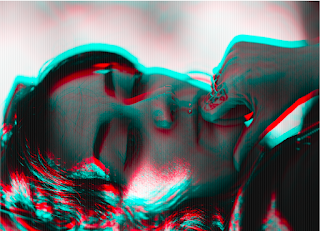Professional practise
In photography business there is a lot of competition, now more than ever with most of population having access to some sort of camera and basic editing software.
With that in mind there are ways of working than can put you above the majority, the main way of doing this is by being consistent with your photographs, from the moment you click the shutter to eventual final print or digital image.
When on a shoot, a grey card and light meter are 2 basic tools that can start you off the right direction. This will give you a way of correcting the white balance via the grey card and also give you a well exposed image to work with.
When going to edit your images it is also important that Photoshop is set up correctly EVERYTIME you start the edit process.
We start by setting up Photoshop’s colour settings to ‘Adobe 1998’, doing this every time you begin your work is the 1st step to producing consistent work.

The example above shows the same image, the photo on the left has been opened with the adobe 1998 colour profile, the image on the right has no colour profile. Although very slight you can see that the lushous greens and autumn browns are more visible on the image that has been assigned a colour profile.
There are also plug-ins and techniques within Photoshop that can help correct images with imperfections such as blurring.
The example images below show how unwanted blur can be eradicated using a duplicate layer and the high pass filter. The resulting image has less blur and punchier appearance.
The more we manipulate an image the more we destroy its original properties, so using these methods should only be used as a last resort. This goes back to importance of getting the shot right in the first instance. If the blur below was any worse I would be wanting to reshoot the image rather than edit what we have.

We can also use the colour wheel (see below) to correct any unwanted colours, for instance if our grass was to appear too yellow or our skies not as blue as we wanted we can consult the wheel to find the correct action to take. Again, we must be careful how much we use these corrections as every action has a reaction and going too far with it will result in unwanted colours.




Comments
Post a Comment